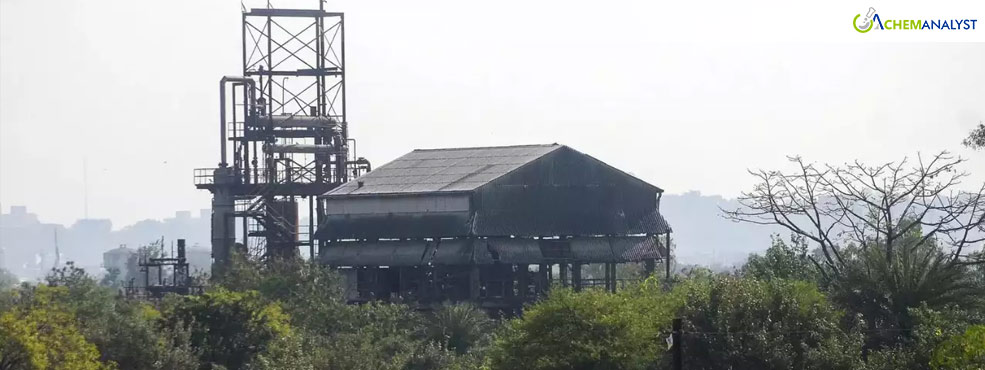Bhopal Gas tragedy- Deadly Methyl Isocyanate Waste: A Toxic Legacy Four Decades Later
- 04-Dec-2024 6:00 PM
- Journalist: Gabreilla Figueroa
In the heart of Bhopal, a lethal chemical continues to cast a long shadow of environmental and human devastation. Methyl isocyanate (MIC), the notorious compound responsible for one of the world's most catastrophic industrial accidents, remains an unresolved ecological time bomb 40 years after the initial tragedy.
Methyl Isocyanate: The Deadly Chemical Profile
Methyl isocyanate is a highly volatile and toxic organic compound primarily used in pesticide production. Its extreme volatility and toxicity make it one of the most dangerous industrial chemicals known to science. In the Bhopal disaster, MIC's lethal properties were brutally demonstrated, causing immediate and long-term health devastation that continues to reverberate through generations.
The Current Toxic Landscape
Experts reveal a staggering environmental crisis:
- 337 metric tonnes of pure MIC waste remain at the abandoned Union Carbide factory
- 1.1 million tonnes of contaminated soil surrounding the plant
- Potential contamination of local water sources
- Ongoing risk of chemical leaching and environmental degradation
Scientific and Environmental Implications
ND Jayaprakash, a prominent activist, emphasizes the profound ecological threat. "This isn't just historical negligence; it's an ongoing environmental emergency," he states. The MIC waste represents more than a local problem—it's a global cautionary tale of industrial irresponsibility.
Governmental Response and Challenges
Despite allocating Rs. 126 crore for waste disposal, progress remains painfully slow:
- Only 10 tonnes of waste were incinerated in a 2015 trial
- Madhya Pradesh High Court has expressed serious concerns
- Proposed incineration costs have raised suspicions of potential financial mismanagement
Toxic Health Implications
Rachna Dhingra from the Bhopal Group for Information and Action highlights the continued human cost: "The MIC legacy is not just about numbers. It's about generations of potential genetic damage, chronic health conditions, and environmental contamination."
Potential Disposal Strategies
Experts suggest multiple approaches:
- Secure containment of existing waste
- Exploration of advanced incineration technologies
- Potential repatriation of waste to chemical manufacturers
- Implementing closed-loop incineration systems to minimize secondary contamination
International Significance
The Bhopal MIC disaster serves as a critical case study in industrial safety, environmental protection, and corporate accountability. The unresolved waste represents a continuous threat that transcends local boundaries.
The Road Ahead
As the 40th anniversary of the tragedy approaches, the methyl isocyanate waste remains a stark reminder of industrial negligence. The scientific and activist communities continue to demand comprehensive action, transparent investigation, and ultimate resolution.
The MIC waste is more than a chemical problem—it's a testament to the long-lasting consequences of industrial accidents and the critical need for stringent environmental and safety protocols. The story of methyl isocyanate in Bhopal is far from over. It continues to be a complex narrative of environmental justice, scientific challenge, and human resilience.



